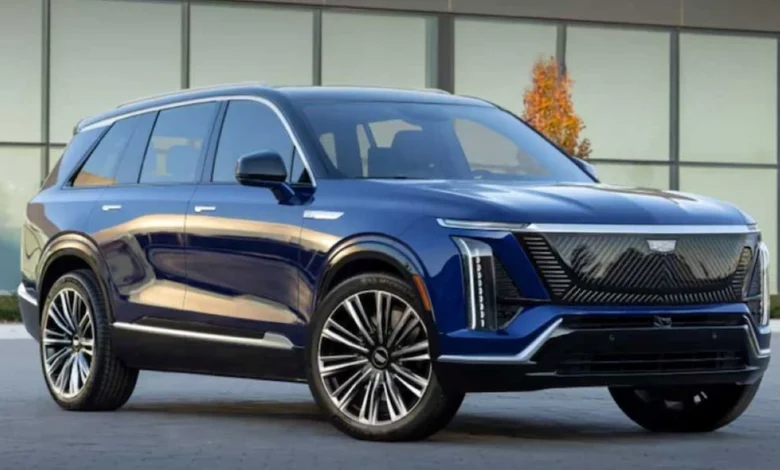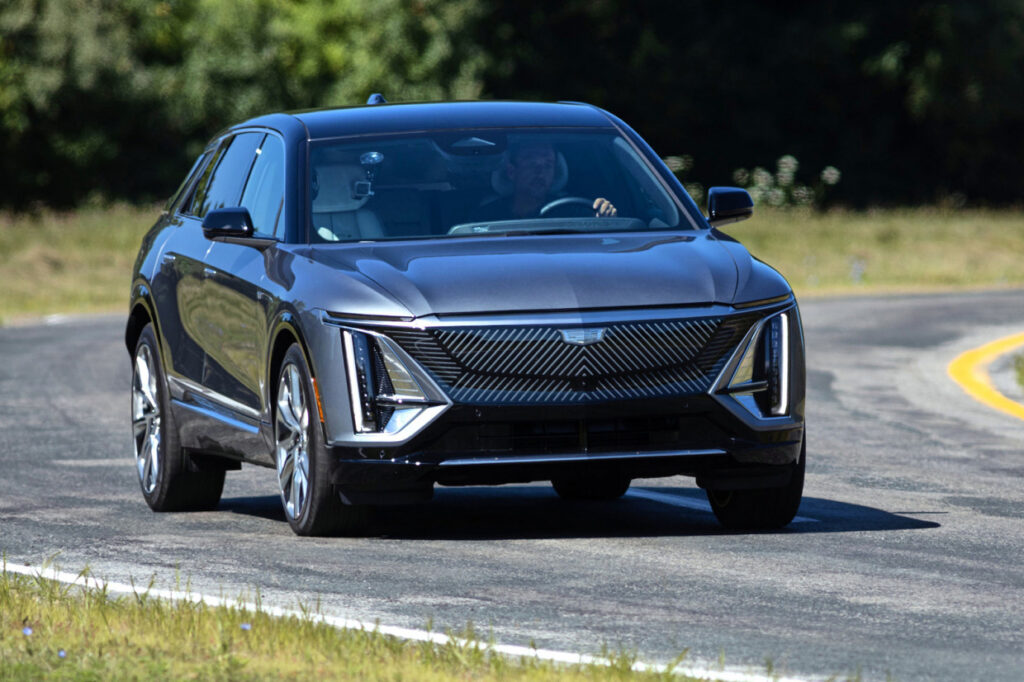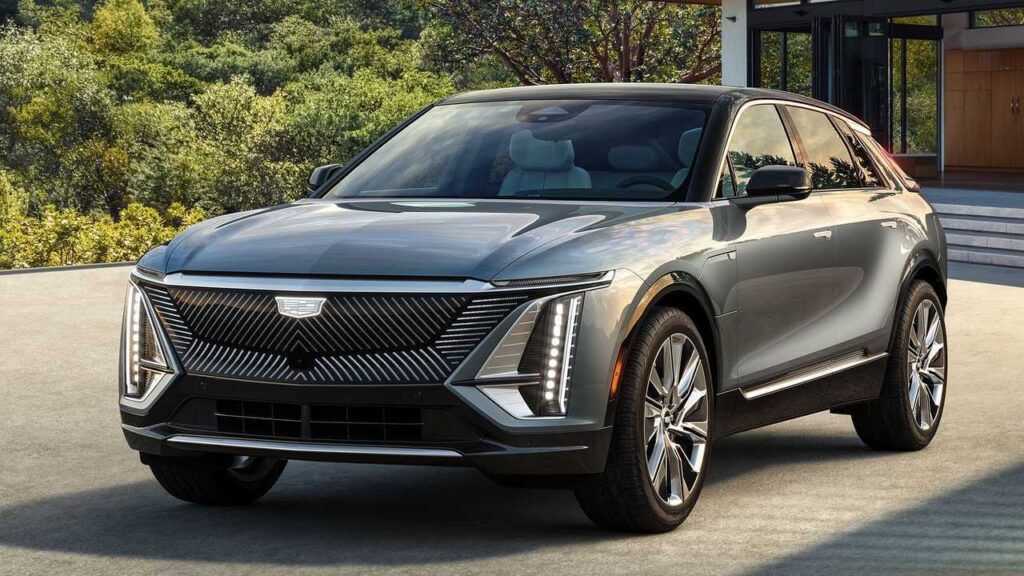Driven by Reinvention: The Strategic Evolution of General Motors

Driven by Reinvention: The Strategic Evolution of General Motors. Founded in 1908 in Flint, Michigan, General Motors (GM) didn’t begin as the global automotive powerhouse it is recognized as today. What started as a consolidation of independent carmakers under the vision of entrepreneur William C. Durant grew into one of the most influential industrial giants of the 20th century. But the story of GM is not just one of early growth—it’s a tale of continual reinvention, strategic foresight, and resilience in the face of immense challenges.
Assembling an Empire: The Early Years
Durant’s original strategy was bold: rather than build from scratch, he acquired successful car brands like Buick, Cadillac, and Oldsmobile to create a portfolio under one roof. This multi-brand approach was revolutionary. Each brand targeted different market segments, offering variety and specialization within a single parent company.
By the 1920s, under the leadership of Alfred P. Sloan, GM introduced a now-famous strategy: “a car for every purse and purpose.” From entry-level Chevrolets to luxurious Cadillacs, GM’s tiered structure appealed to customers as they moved up in economic status. This segmentation, paired with annual model updates, was a masterstroke in encouraging brand loyalty and repeat purchases.

Marketing Muscle and Consumer Connection
GM excelled not only in manufacturing but also in marketing. Its early embrace of consumer finance through the creation of the General Motors Acceptance Corporation (GMAC) in 1919 made cars accessible to middle-class families, revolutionizing auto sales. The company invested in advertising that celebrated American aspirations—mobility, freedom, and status.
By consistently aligning its messaging with cultural values, GM built an emotional connection with consumers. Its marketing power played a major role in shaping car culture in the U.S. and beyond.
Resilience Through Global and Economic Turmoil
GM’s history is interwoven with periods of major upheaval. During World War II, GM converted its factories to produce military vehicles and aircraft. This shift not only demonstrated operational agility but cemented its role as a national asset.
In the post-war boom, GM grew rapidly, reaching its peak in the 1950s and 60s, when it held over 50% of the U.S. market. However, the following decades brought challenges: rising oil prices, increased foreign competition (especially from Japanese automakers), and internal inefficiencies.
GM responded with mixed success. While it introduced new fuel-efficient models, it often lagged behind innovators like Toyota in quality and cost efficiency. Still, its scale, dealer networks, and deep pockets allowed it to remain competitive.

The 2009 Bankruptcy: A Pivotal Turning Point
Perhaps the most defining moment in GM’s modern history came during the global financial crisis. In 2009, burdened by legacy costs, overcapacity, and declining sales, GM filed for Chapter 11 bankruptcy. It was a blow to a century-old institution but also a moment of reckoning.
Backed by the U.S. government in a $50 billion bailout, GM emerged from bankruptcy in just 40 days. It shed unprofitable brands like Pontiac, Hummer, and Saturn, streamlined operations, and restructured its balance sheet. Under CEO Mary Barra, who became the first female CEO of a major automaker in 2014, GM began focusing on innovation, sustainability, and technology.
Innovation and the Road Ahead
Today, GM is deeply invested in transforming itself from a traditional automaker into a forward-looking mobility company. It has committed over $35 billion through 2025 toward electric and autonomous vehicle development. Brands like Chevrolet, GMC, and Cadillac are at the forefront of this transition, with electric vehicles like the Bolt and the upcoming Cadillac LYRIQ and Hummer EV.
Through its Ultium battery platform and partnerships with companies like Honda and Cruise, GM is positioning itself as a serious competitor in the future of mobility. Its strategy reflects a long-term commitment to sustainability and technological leadership, backed by large-scale manufacturing expertise.

Entrepreneurial Lessons from GM’s Journey
- Adapt or decline. GM’s willingness to evolve after its bankruptcy is a powerful reminder that no brand is too big to fail—or too big to rebuild.
- Segment wisely. Offering products for diverse customer needs (as Sloan championed) can build lifetime brand loyalty.
- Leverage brand heritage. GM didn’t abandon its legacy; it reinterpreted it for new generations, particularly through brands like Cadillac.
- Invest in the future. GM’s pivot to electric vehicles reflects the importance of forward-thinking investments, even at great cost.
Conclusion
The popularity of General Motors was never built on a single car or a single moment. It is the result of a century-long journey of ambition, missteps, reinvention, and bold leadership. For entrepreneurs, GM’s story is a blueprint for building a lasting brand: know your market, adapt when necessary, and never stop driving toward the next horizon.




